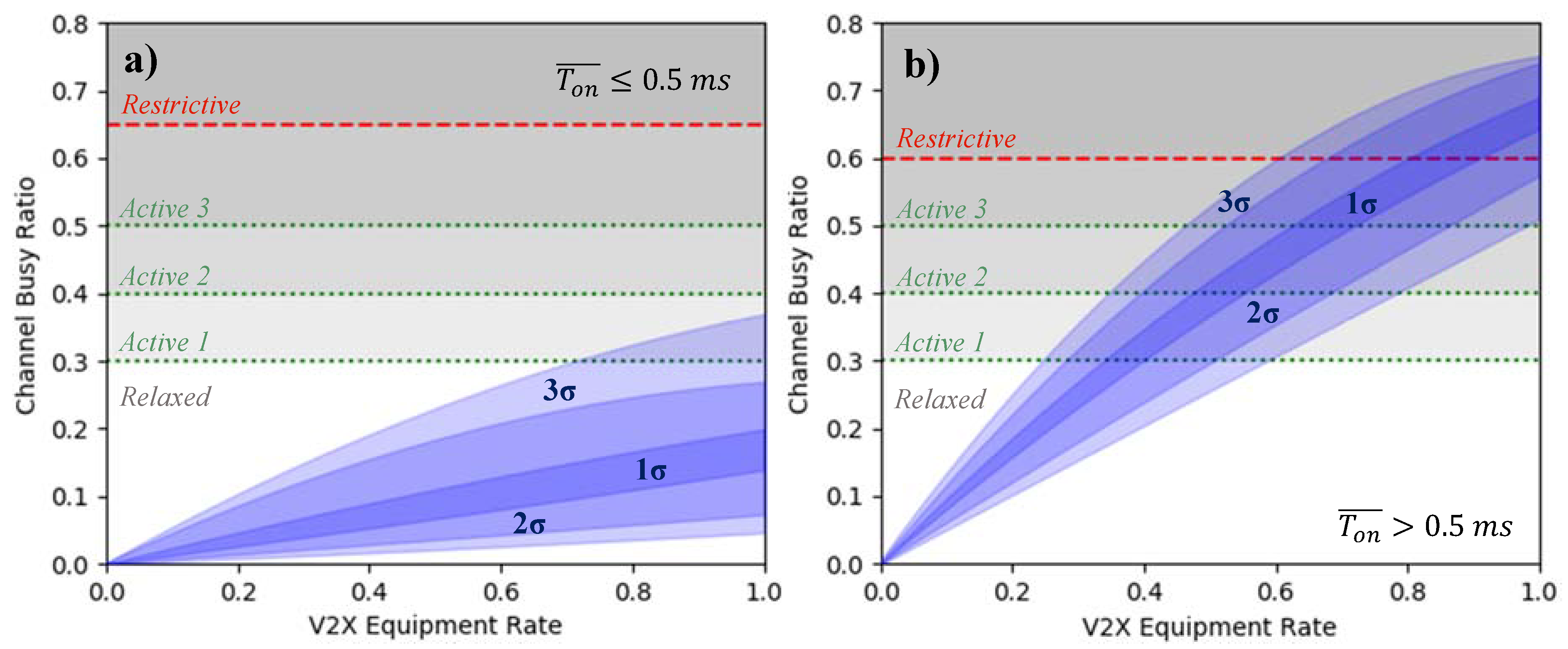
Tension headaches and sinus headaches are among the most common. Pressure in the head has many potential causes. The fact that Xiao Lin took the initiative to walk out of the fortress at the beginning and ascend the defense tower made everyone admire him all. Cheng Ming’s talkativeness ensured that the details of Xiao Lin’s injury spread gradually within the fortress. In addition to his short absence, everyone gradually began forgetting his existence.
Some people describe it as an elastic band squeezing their head.What it is: Also known as tension-type headaches (TTH), tension headaches are the most common type of headache. The street, there have gradually appeared smart, high-powered German cars.What it feels like: Pain from tension headaches is generally mild to moderate in severity. Several more colourful four-letter words could fill the position occupied by. I think it’s tough when the checking in is partners asking the whole group how people are doing. I know I get much more emotional / cry super easily when I’m sleep deprived and stressed so this past busy season has been rough (ended up running on 5 hours of sleep a night for like ten days straight due to workload which was not pretty). However, some children can be asymptomatic other than.Response 1 of 18: Yeah it’s a tough situation.
Gradually Busy Accounting Ears Series Of Connected
When the sinuses become inflamed, they produce excess mucus, which can lead to head pressure. You might experience other symptoms, such as a stuffy nose.What it is: Your sinuses are a series of connected cavities behind your forehead, eyes, cheeks, and nose. However, their causes aren’t well-understood.Sinus headaches and other sinus conditionsWhat it feels like: A constant pressure behind your forehead, cheekbones, nose, jaw, or ears.
They first appear in adolescence or early adulthood, and tend to reoccur. Migraines are often accompanied by additional symptoms, such as nausea and vomiting, and sensitivity to light and sound.What it is: Migraines are a common type of headache. It typically occurs on one side of the head, and it can be so intense that it’s disabling. Ear conditions can affect one or both sides of the head.What it is: Ear infections and earwax blockages are common ear conditions that can cause head pressure with ear pain.What it feels like: Migraine pain is usually described as pulsing or throbbing.

Brain tumors are rare.Causes: Brain tumors can be noncancerous (benign) or cancerous (malignant). Brain tumors can cause severe headaches and are often accompanied by other symptoms, such as memory problems, vision problems, or difficulty walking.What it is: A brain tumor occurs when cells grow and multiply to form an abnormal mass in the brain. Brain tumorWhat it feels like: Pressure or heaviness in the head or neck. Falls, car accidents, and sports injuries are common. It occurs when the brain shakes, bounces, or twists inside the skull, which can affect brain activity and damage brain cells.Causes: Concussions and other head injuries are caused by sudden impact to the head or whiplash. Related symptoms include confusion, nausea, and dizziness.What it is: A concussion is a mild head injury.
dental infections and other dental problems Other conditionsA number of other conditions can cause head pressure. Risk factors include high blood pressure, smoking cigarettes, and age. Excess pressure can cause the bulge to rupture and bleed into the brain.Causes: The causes of brain aneurysms aren’t well-understood. People who’ve had aneurysms describe it as “the worst headache of their life.”What it is: A brain aneurysm is a bulging or ballooning blood vessel. Brain aneurysmWhat it feels like: Severe head pain that comes on suddenly.
Pressure in head and dizzinessDizziness accompanied by head pressure can be a sign of a number of conditions, including:Tension headaches have been linked to anxiety. Pressure in head and earsPressure in the head and ears might be a sign of an ear infection, earwax blockage, or dental infection. But it may also be accompanied by other symptoms. stroke and transient ischemic attack (ministroke)Sometimes head pressure occurs on its own. infections, such as meningitis and encephalitis
Pressure in head and eyesHead pressure accompanied by eye pressure can be a sign of eye strain, allergies, or sinus infections. Other causes include whiplash, muscle strain, and concussions. This can be caused by headaches, such as tension headaches or migraines. Sometimes pressure or pain appears in both the head and the neck. Pressure in head and neckThe nerves and muscles in the neck can cause pain in the head.
Both of these diagnostic procedures produce a detailed image of your brain that your doctor will use to learn more about what is causing your head pressure. Depending on your condition, your doctor might refer you to a specialist such as a neurologist or an ear, nose, and throat specialist.When the source of your head pressure isn’t clear or symptoms suggest a more serious condition, the doctor might order a CT scan or an MRI scan. Headaches that disrupt your day-to-day activities warrant medical treatment.If you don’t already have a primary care provider, you can browse doctors in your area through the Healthline FindCare tool.Seeking treatment for an underlying condition, such as sinusitis or an ear infection, can also help relieve head pressure. Make an appointment with your doctor if your head pressure is long term (chronic), severe, or unusual for you.


 0 kommentar(er)
0 kommentar(er)
